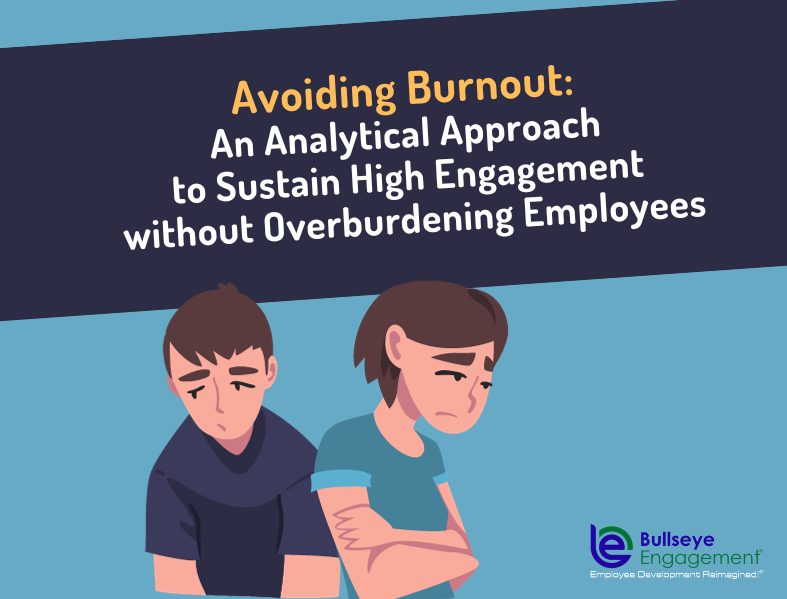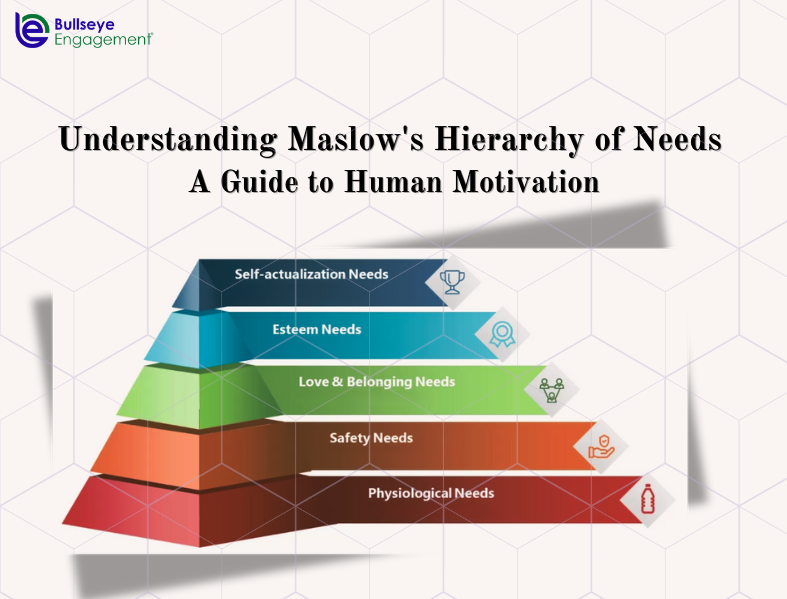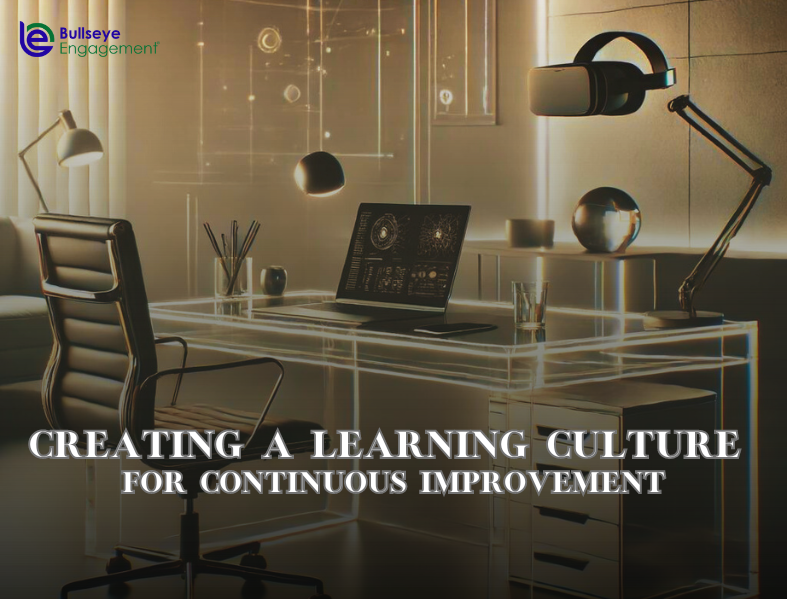In an era characterized by swift technological advancements and the ever-present mandate for organizations to stay ahead of the curve, there emerges a complex paradox: How does one achieve maximal employee engagement without inadvertently triggering burnout? The deleterious effects of burnout are not merely limited to decreased productivity; they encompass a broad spectrum, ranging from a decline in cognitive performance to potential systemic organizational attrition. This discourse seeks to proffer a nuanced exploration of strategies to harmoniously balance high engagement with employee well-being.
1. Early Identification through Behavioral Analytics
Harnessing data analytics can aid in the early detection of burnout. By observing patterns such as a sudden uptick in overtime, increased email activity during off-hours, or declined participation in team collaborations, proactive interventions can be structured.
2. The Philosophical Importance of Work-Life Equilibrium
Beyond the cliché of work-life balance lies a profound necessity for delineating boundaries between professional obligations and personal rejuvenation. The dialectic is not merely to ensure rest but to uphold the sanctity of both realms, preventing their entwinement from leading to existential fatigue.
3. The Autonomy Principle: Flexibility as a Facet of Empowerment
Contemporary research in organizational psychology underscores the value of granting employees agency over their work schedules. The cognitive autonomy stemming from this flexibility often leads to enhanced intrinsic motivation, reducing the propensity for burnout.
4. Dialogic Organizational Culture: A Prelude to Preventive Measures
Open channels of communication, grounded in mutual respect and genuine concern, are vital. Instituting platforms where employees feel unencumbered to discuss their cognitive and emotional states can illuminate potential pressure points before they escalate.
5. Capacity Building: The Nexus between Skill Augmentation and Task Mastery
Burnout is often an offshoot of perceived inadequacy. Comprehensive training regimes that prioritize skill augmentation can foster a sense of mastery, significantly attenuating feelings of being overwhelmed.
6. The Affirmative Power of Acknowledgment
The intellectual and emotional dividends of recognizing and celebrating accomplishments, both colossal and minuscule, are colossal. Such affirmations serve as cognitive “pauses”, allowing for cerebral recalibration.
7. Epistemic Workload Analysis
It is paramount to periodically employ epistemic investigations into workload distributions. Such analyses delve deeper than mere task allocation, exploring the cognitive weight and intricacy of tasks to ensure equitable distribution.
8. Wellness Paradigms: A Holistic Approach
Introducing wellness paradigms that marry physical well-being with cognitive health can yield significant dividends. This encompasses not just traditional modalities like meditation, but also contemporary methodologies rooted in neuropsychology.
9. Leadership’s Ethical Mandate: Modeling Sustainable Engagement
Organizational ethos is often a mirror reflection of its leadership’s principles. Leaders whoexemplify a balanced approach towards commitment and self-care embolden a culture of sustainable engagement.
10. Feedback Loops as Iterative Refinement Tools
Inculcating a system that continuously solicits, analyzes, and acts upon feedback ensures that the strategies employed remain dynamic, adapting to the evolving needs of the workforce.
In synthesizing the aforementioned strategies, one discerns a central theme: the confluence of intellectual rigor with empathic understanding. When businesses transcend transactional relationships, viewing their employees not just as assets but as holistic beings, the equilibrium between engagement and well-being is not just achievable but sustainable.


